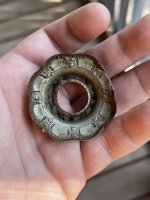shane41
Sr. Member
- Sep 7, 2006
- 369
- 119
- Detector(s) used
- Ace 250 . Bounty Hunter, Vibra Probe 570 Garrett Pin Pointer AT PRO
- Primary Interest:
- All Treasure Hunting
Need some Info. Winchester No 12 Repeater Shell casing & 9mm Luger R-P  ?
?
Found two shotgun shell casings and a Luger 9mm R-P in the small section of woods that is in a city park. I know the shells must be old because the park is right near blocks of city homes. All that is left of the woods is about 100 yards wide by about 2 blocks long. The two shells were with in about 2 feet of each other. I am not into guns and hunting so I have no idea from what years they go back to. . Some say in the " Finds of the day" that they could be from the very early 1900's. Hope the pic are clear enough. Appreciate all the info I get. Shane
 ?
?Found two shotgun shell casings and a Luger 9mm R-P in the small section of woods that is in a city park. I know the shells must be old because the park is right near blocks of city homes. All that is left of the woods is about 100 yards wide by about 2 blocks long. The two shells were with in about 2 feet of each other. I am not into guns and hunting so I have no idea from what years they go back to. . Some say in the " Finds of the day" that they could be from the very early 1900's. Hope the pic are clear enough. Appreciate all the info I get. Shane
Amazon Forum Fav 👍
Attachments
-
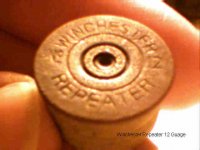 Winchester Repeater 2 Guage.jpg18.8 KB · Views: 3,956
Winchester Repeater 2 Guage.jpg18.8 KB · Views: 3,956 -
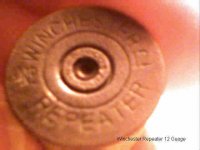 Winchester Repearter 12 Guage.jpg16.4 KB · Views: 2,605
Winchester Repearter 12 Guage.jpg16.4 KB · Views: 2,605 -
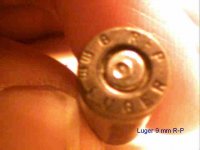 Luger 9 M M R P.jpg15.6 KB · Views: 3,551
Luger 9 M M R P.jpg15.6 KB · Views: 3,551 -
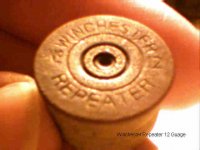 Winchester Repeater 2 Guage.jpg18.8 KB · Views: 1,487
Winchester Repeater 2 Guage.jpg18.8 KB · Views: 1,487 -
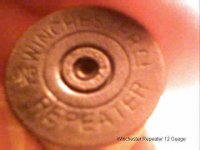 Winchester Repearter 12 Guage.jpg16.4 KB · Views: 1,508
Winchester Repearter 12 Guage.jpg16.4 KB · Views: 1,508 -
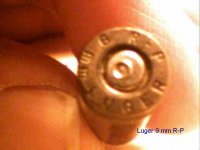 Luger 9 M M R P.jpg15.6 KB · Views: 1,591
Luger 9 M M R P.jpg15.6 KB · Views: 1,591





